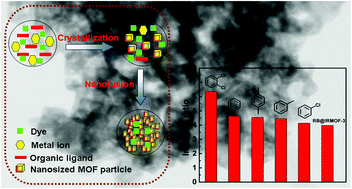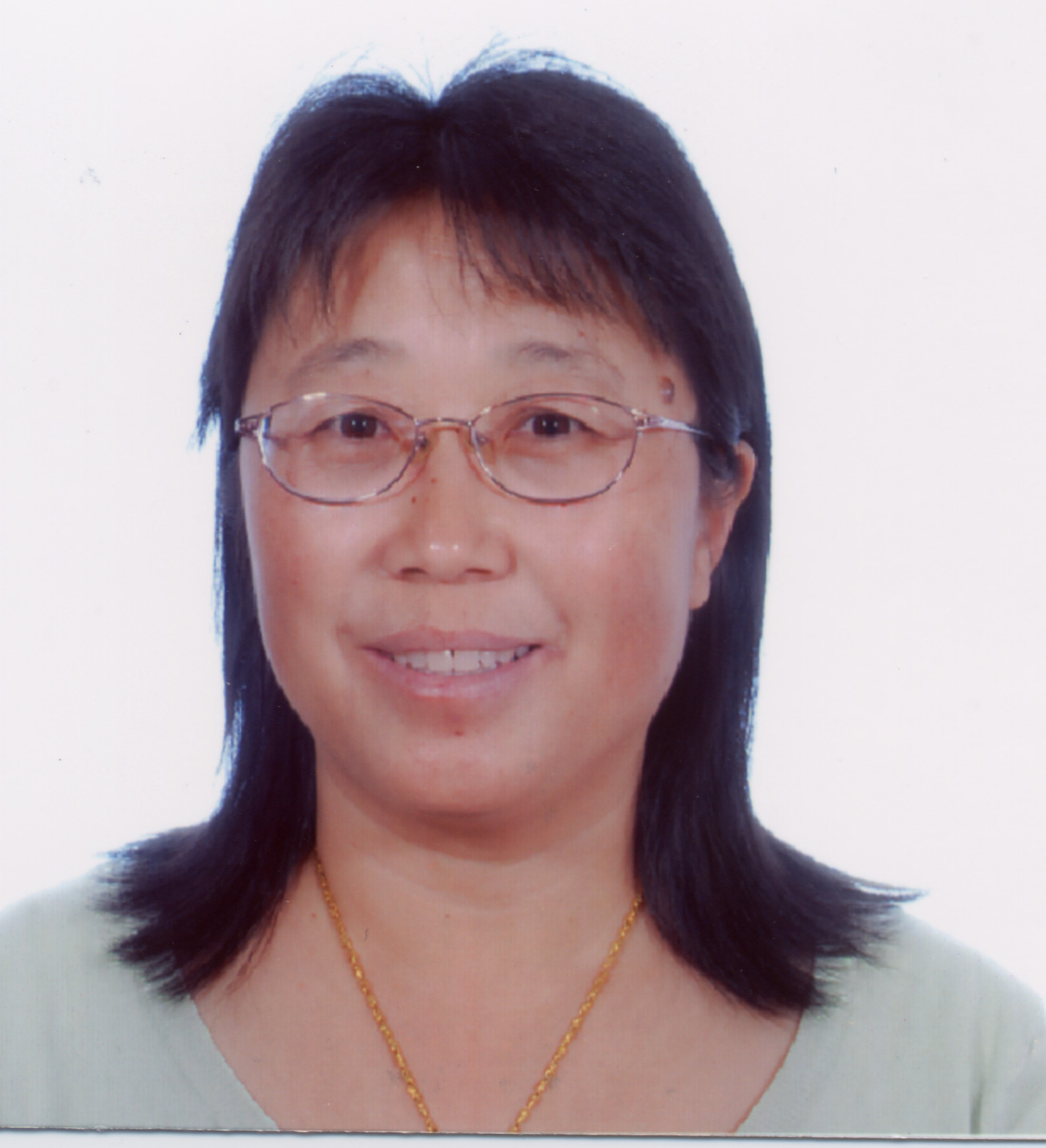In a recent article from the group of Deanna D’Alessandro at the the University of Sydney, Australia, Liang et al. have shown for the first time a 3D metal-organic framework (MOF) comprised solely of the monocarboxylate ligand derived from formic acid, with exceptionally selective CO2 adsorption properties.
For those involved in MOF chemistry, it is well accepted that in most cases, organic bridging ligands should have at least two coordinating functional groups that link adjacent inorganic secondary building units into a porous crystalline lattice. Therefore, it comes as a complete surprise to find that a porous MOF can be formed entirely of monocarboxylate ligands that are traditionally used to cap and thus prevent further growth of the framework. Through structural characterisation, Liang et al. have shown that the formate takes on two different binding modes within the framework; one that caps the oxyzirconium cluster secondary building units, and another that bridges and interconnects these into a crystalline architecture.
Why is this important, I hear you ask? As the formate ligands are very small, this results in the formation of very small pores that can lead to selectivity in the adsorption of different gases. This is just what has been shown by Liang et al., with adsorption isotherms demonstrating that adsorption of CO2 is a factor of 145 higher than for N2. Potential applications may lead to the sequestration and use of greenhouses gases such as CO2 from the atmosphere.

Check out the full article now!
The first example of a zirconium-oxide based metal–organic framework constructed from monocarboxylate ligands
Weibin Liang, Ravichandar Babarao, Michael J. Murphya and Deanna M. D’Alessandro
Dalton Trans., 2015, 44, 1516-1519
 |
Christopher Hinde obtained his Masters degree in Chemistry from the University of Southampton, UK in 2011. He is currently doing research towards a Ph.D. in the area of materials chemistry and catalysis under the supervision of both Dr Robert Raja at the University of Southampton and Professor T. S. Andy Hor at the Institute of Materials Research and Engineering (IMRE), part of Singapore’s Agency for Science Technology and Research (A*STAR). |












 Recent articles by Professor Feng in Dalton Transactions include:
Recent articles by Professor Feng in Dalton Transactions include: